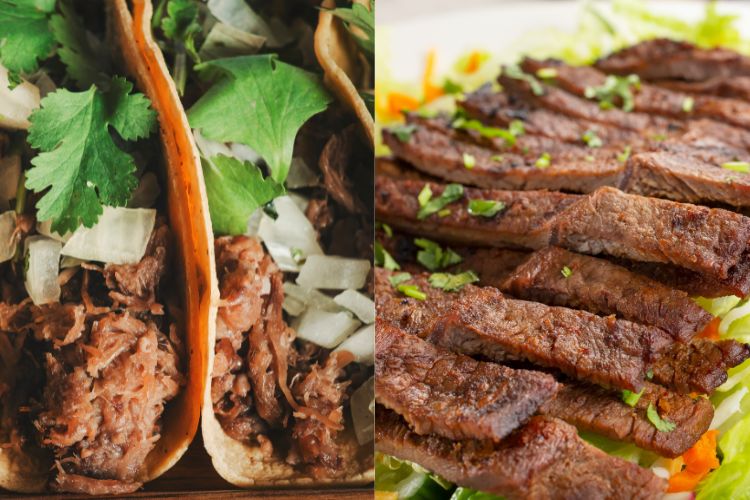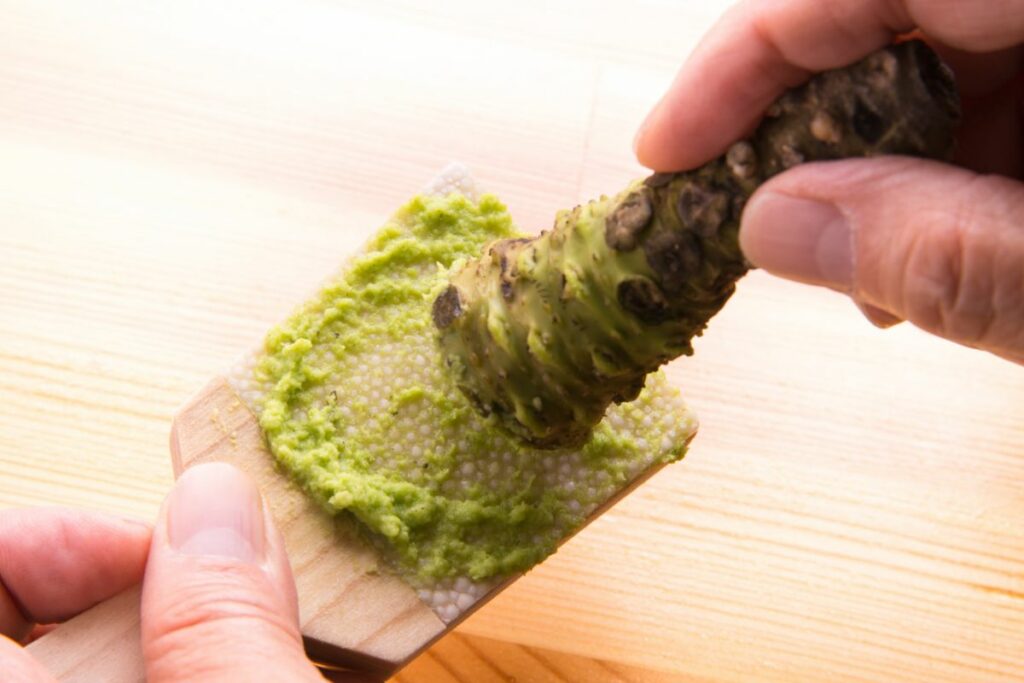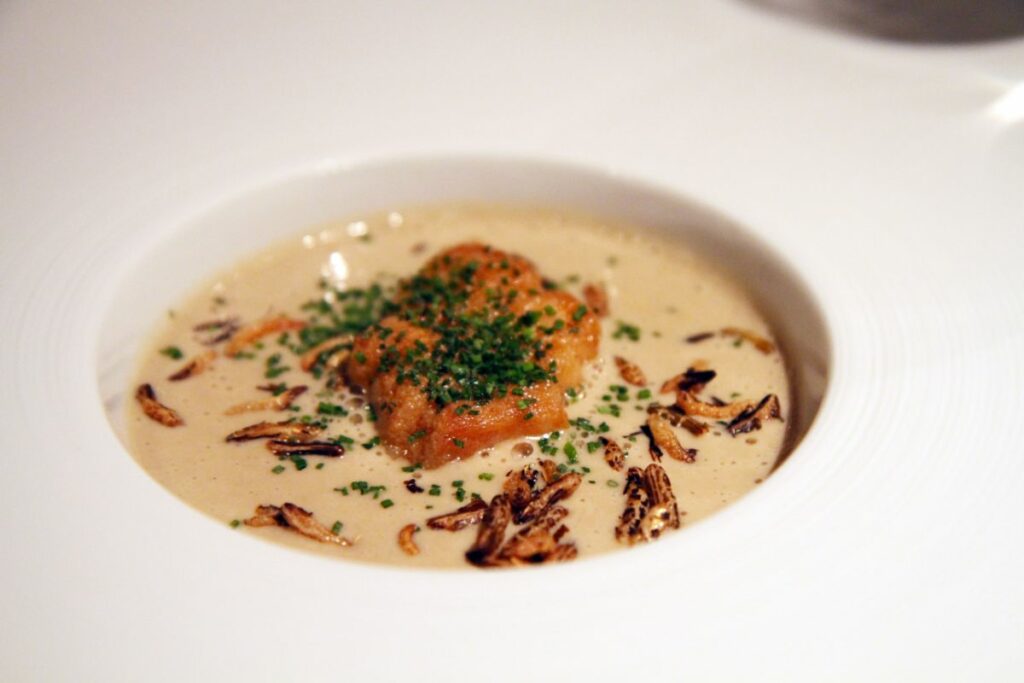If you’re a Mexican food enthusiast, chances are you’ve come across bistec and asada. These two dishes are staples in Mexican cuisine, each with its unique flavors and characteristics.
Bistec involves thinly sliced meat, often skirt steak, cooked with various seasonings to create a delicious, juicy meat dish.
Asada, on the other hand, is all about grilling, infusing the meat, often using cuts like flank steak or skirt steak, with a smoky and flavorful essence. It’s like a BBQ feast in your mouth.
So, if you’re interested in learning about the difference between bistec vs. asada, you’ve come to the right place.
In this article, we’ll delve into the world of bistec and asada, breaking down their differences and similarities.
Whether you’re planning your next Mexican food adventure or just curious about these dishes, read on to discover the savory details that make these dishes so beloved in Mexican cuisine.
Bistec Overview: A Mexican Classic
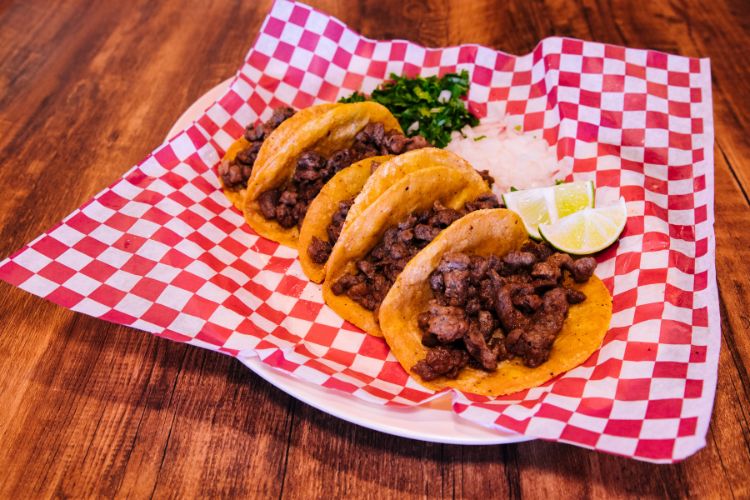
When it comes to Mexican cuisine, bistec is a classic that’s often found on the menu of local taquerias and family gatherings. But what exactly is bistec, and why is it such a beloved dish?
Understanding Bistec
Bistec, pronounced “bees-tec,” is a Spanish term for beefsteak, but in Mexican cuisine, it’s typically used to refer to a specific style of preparing, cooking, and seasoning steak.
The type of meat most commonly used for bistec is skirt steak, known for its rich flavor and tenderness. It’s a relatively thin, long cut, making it ideal for quick cooking methods.
Preparation and Cooking
Bistec is known for its simplicity and deliciousness. We often marinate the meat with a mixture of lime juice, garlic powder, and various seasonings, adding a zesty and savory kick to the dish.
Not only does the marinade infuse the meat with bold flavors, but it also helps to tenderize it. The protein is then cooked over medium-high heat, either on a grill or stovetop, resulting in a juicy and flavorful steak.
Flavor Profile
Bistec is all about delivering a burst of bold, savory flavors. That’s thanks to the combination of lime juice and garlic powder.
It infuses the meat with a tangy and slightly spicy taste.
Besides that, the cooking method ensures that the meat remains tender and juicy, making every bite a delight for meat lovers.
Lastly, bistec often comes with a smoky note from the grill or stovetop cooking, adding an extra layer of depth to the flavor.
Variations
Just like other Mexican dishes, bistec has various regional and personal variations. Depending on the area or family tradition, you might find bistec served with sauteed onions and peppers, or topped with a flavorful salsa.
Serving Style
The versatility of bistec makes it a favorite for many Mexican food enthusiasts. Generally, we serve the dish as the main component of a meal.
You can enjoy it as a standalone steak. A great example of that is bistec a la Mexicana, where it’s cooked with tomatoes, onions, and peppers.
Aside from that, some people like to eat it in tacos, or as part of a larger plate with rice and beans.
Finally, bistec is a staple that showcases the heartiness and zest of Mexican flavors, making it a must-try for anyone looking to savor the delicious world of Mexican cuisine.
Its simplicity and versatility have earned it a special place in the hearts and taste buds of those who appreciate a tasty and straightforward dish.
Asada: Unpacking the Flavor of Grilled Meat
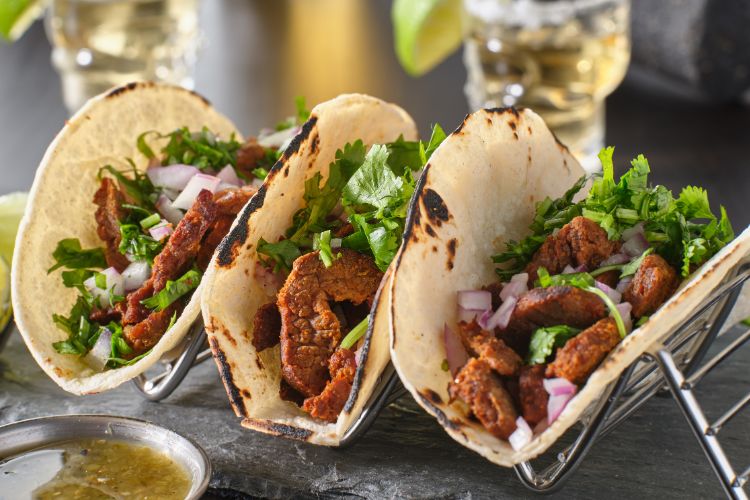
Asada, a term often associated with grilling and the enticing aroma of sizzling meat, plays a significant role in Mexican cuisine.
Let’s explore the essence of the dish, the diverse meats it embraces, and the flavorful journey it offers.
Exploring Asada
Asada, meaning “grilled” in Spanish, captures the heart and soul of outdoor cooking. In Mexican culinary traditions, it signifies the art of grilling various types of meat to perfection.
This culinary practice has become a cherished tradition, often celebrated with family and friends.
Diverse Meat Selection
Unlike bistec, asada isn’t limited to a specific type of meat. It embraces a variety of cuts, including flank steak, skirt steak, and even sirloin steak, depending on regional preferences.
The choice of protein impacts the final flavor and texture of the dish, allowing for a diverse range of asada experiences.
Preparation and Cooking Methods
To craft an authentic asada, the journey begins with the selection of the meat. Once you have your protein on hand, you marinate the chosen cut.
Traditionally, we soak the meat in a mixture of orange juice, lime juice, and an array of seasonings. This marinade imparts a unique smoky flavor to the meat, setting it apart from other grilled dishes.
Plus, asada is often grilled over an open flame or on a hot grill, infusing the meat with a smoky essence, a hallmark of this dish.
Regional Variations
Asada is a versatile dish that adapts to regional tastes. Across Mexico, you can find several variations that emphasize distinct seasonings or cooking methods.
For instance, in northern Mexico, carne asada is king, featuring thinly sliced beef cooked to perfection.
In contrast, in the Yucatán Peninsula, cochinita pibil is the popular variation. It uses pork shoulder marinated in citrus juices and achiote paste.
Flavor Profile
Asada’s flavor profile is a symphony of smoky, citrusy, and savory notes. The marinade, with its citrus components, adds a zesty tang to the meat, complemented by the charred smokiness from grilling.
The result is a mouthwatering fusion of flavors that lingers on the palate.
Serving Style
Asada is often served in a simple and communal manner. The grilled meat is commonly accompanied by flour tortillas, allowing diners to create their own tacos.
Besides that, we adorn the table with condiments such as salsa, guacamole, and black beans, enhancing the overall experience.
This approach to dining adds a sense of togetherness and community.
Asada, the epitome of grilled meat in Mexican cuisine, stands as a testament to the passion and creativity embedded in culinary traditions. Its diversity of protein, unique marinades, and regional variations ensure that every encounter with asada is a memorable journey for the taste buds.
Whether you prefer it as carne asada, cochinita pibil, or any of its countless variations, asada exemplifies the art of grilling and the warmth of Mexican hospitality.
Comparing Bistec and Asada: A Flavorful Face-off
Now that we’ve explored the individual characteristics of bistec and asada, let’s put them side by side for a comprehensive comparison.
These two beloved Mexican meat dishes offer unique experiences that cater to different palates and preferences.
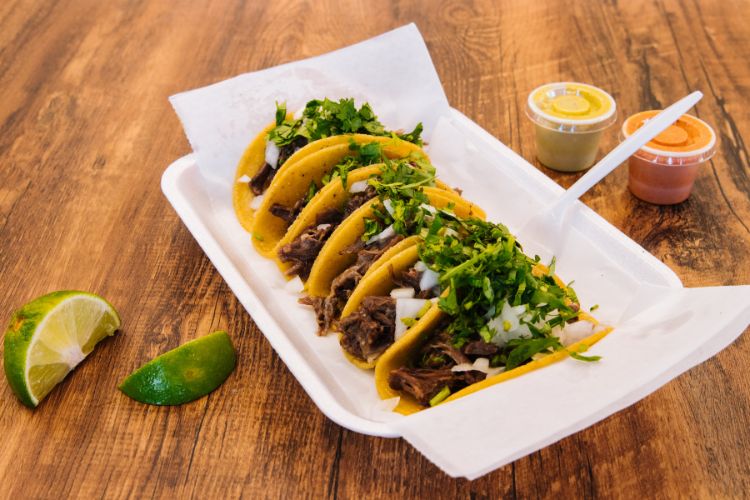
1. Texture and Tenderness
Bistec, often prepared from skirt steak, is prized for its tenderness. The marination and quick cooking methods result in a juicy and succulent texture that easily falls apart with a fork.
On the other hand, asada, using various meat cuts, offers a range of textures. While flank steak and skirt steak can be tender and juicy when marinated and grilled, other cuts may have a slightly firmer texture.
It all depends on the chosen cut and the cooking technique.
2. Flavor Profile
Bistec is all about the harmonious blend of zesty and savory flavors. The lime juice and seasonings infuse the meat with tang and spice, while the grilling process adds a charred note.
This results in a burst of flavor in every bite.
In contrast, asada presents a slightly different flavor profile. The combination of citrus juices in the marinade provides a bright, sharp kick, while the grill imparts a rich smokiness.
Because of that, the choice between bistec and asada often comes down to whether you prefer a spicier or smokier flavor note.
3. Dining Experience
We usually serve bistec as the main attraction of a dish. You’ll find it on a plate with sides like rice, beans, and salsa.
On the other hand, asada embraces a communal dining approach. Grilled meat, served with warm tortillas, invites diners to create their own tacos, garnished with condiments and salsas of their choice.
It’s a hands-on experience that promotes sharing and togetherness.
So, the choice between bistec and asada ultimately depends on your taste preferences.
Bistec boasts a tangy and smoky blend of flavors, with tender and succulent meat, while asada offers a bright and smoky combination with a variety of textures.
The decision is a delightful one, reflecting the diverse and vibrant tapestry of Mexican cuisine.
Dietary Preferences and Considerations
It’s important to think about dietary preferences and health considerations when indulging in bistec and asada.
Thankfully, both dishes offer versatility, making it easier to accommodate various dietary needs. There are gluten-free, keto-friendly, and low-carb variations, depending on individual preferences.
Plus, understanding the marinades and ingredients used can help those with specific dietary requirements make informed choices.
Whether you’re focused on taste, health, or specific dietary goals, bistec and asada can be adapted to suit a range of preferences while preserving their authentic flavors.
Wrapping Up
In the flavorful world of Mexican cuisine, the contrast between bistec vs. asada paints a vivid picture of diversity and choice.
Bistec, with its zesty marinade and tender texture, offers a unique profile that appeals to those seeking bold, tangy flavors.
On the other hand, asada, with its smoky essence and variety of meats, embraces communal dining and is perfect for those who savor a rich, grilling experience.
Ultimately, the choice between bistec and asada is a celebration of personal taste in the vast tapestry of Mexican cuisine. Whichever you choose, you’re sure to embark on a delectable journey that honors the culinary traditions of Mexico.

